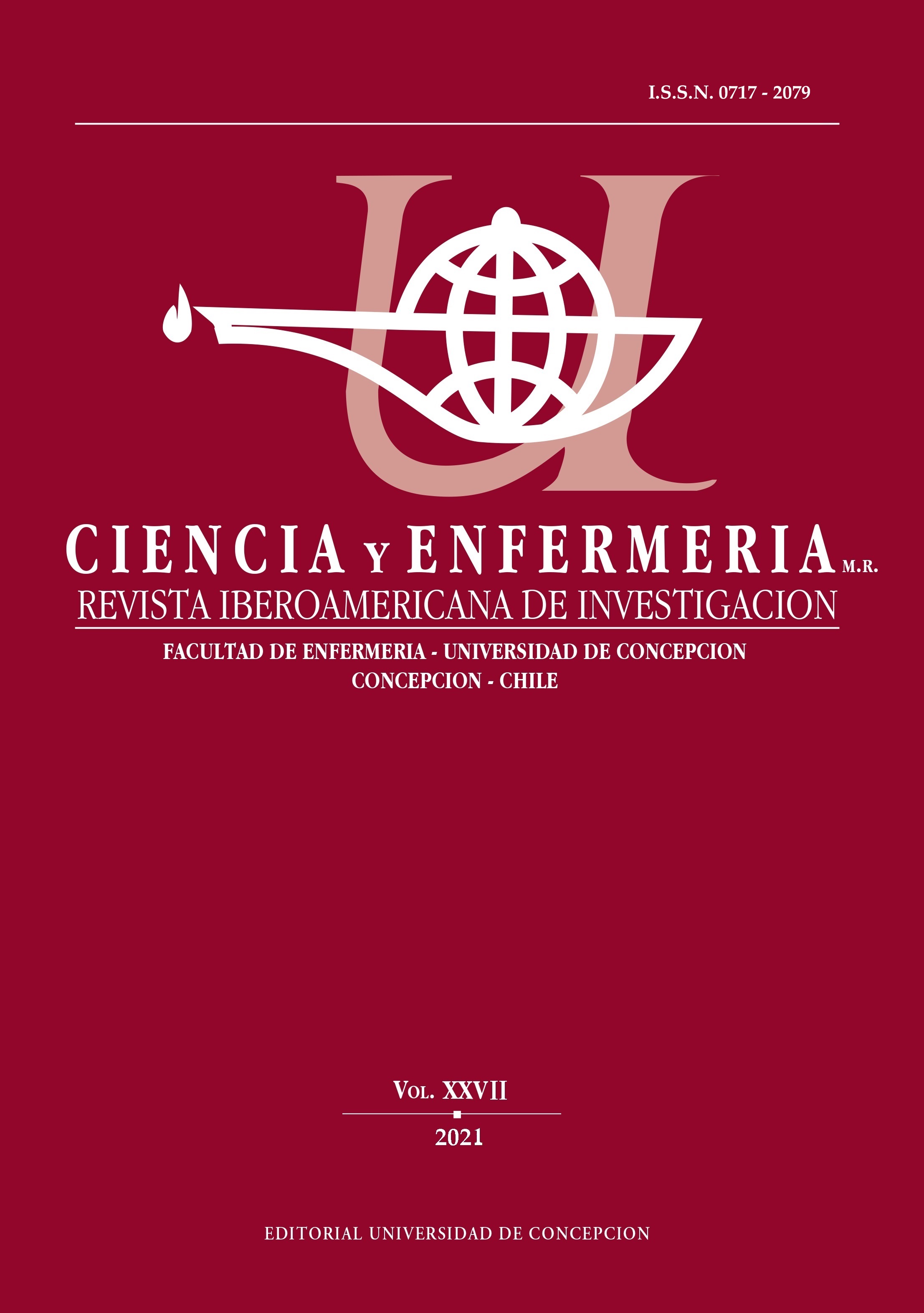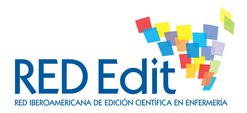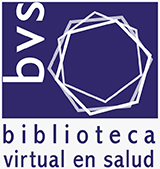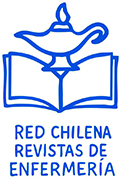QUALITY OF LIFE AMONG OLDER PEOPLE IN RURAL SETTINGS: DIFFERENCES BETWEEN MEN AND WOMEN
DOI:
https://doi.org/10.29393/CE27-33CVLE50033Keywords:
Quality of life, Health, Aging, Elderly, Rural AreasAbstract
Objective: To analyze the differences between men and women in the different domains of quality of life (QoL) among elderly people living in rural areas of the north of Chile. Material and Method: Quantitative, descriptive, cross-sectional study conducted between November 2019 and February 2020 in various rural areas of the Region of Arica and Parinacota. The sample consisted of 100 people over 60 years old and without cognitive impairment. The Brief Quality of Life Questionnaire (CUBRECAVI) was applied. The research was approved by the School of Social Work of the Universidad de Tarapacá. Results: 69% were women, 63% were between 60 and 69 years old, 67% were married or had a relationship and 58% had indigenous origin. Statistically significant differences were confirmed in the objective health domain: swollen ankles, tiredness,
sleep problems, urinary incontinence and tingling; in the psychic health domain: crying easily, depressive feelings and memory problems. This was similar in the field of social integration, in the level of satisfaction concerning the relationship with the spouse or partner, with family members and with friends. Moreover, the findings corroborate differences in the domain of activities, level of activities, frequency of walking and frequency of doing crafts. Finally, in the environmental quality domain, there are differences in satisfaction with room temperature. The results show that women have worse QoL and the elderly perceive that the health domain is the most important when assessing their QoL. Conclusion: There is a biopsychosocial risk for older women living in rural areas in the north of Chile. It is clear that nursing and other areas dealing directly with the elderly have to familiar with the different ways of aging, taking into account gender and specific rural setting
Downloads
Published
How to Cite
Issue
Section

This work is licensed under a Creative Commons Attribution 4.0 International License.













